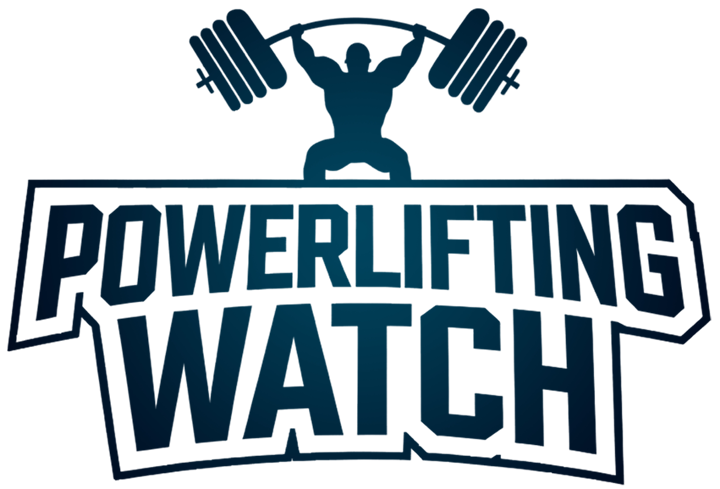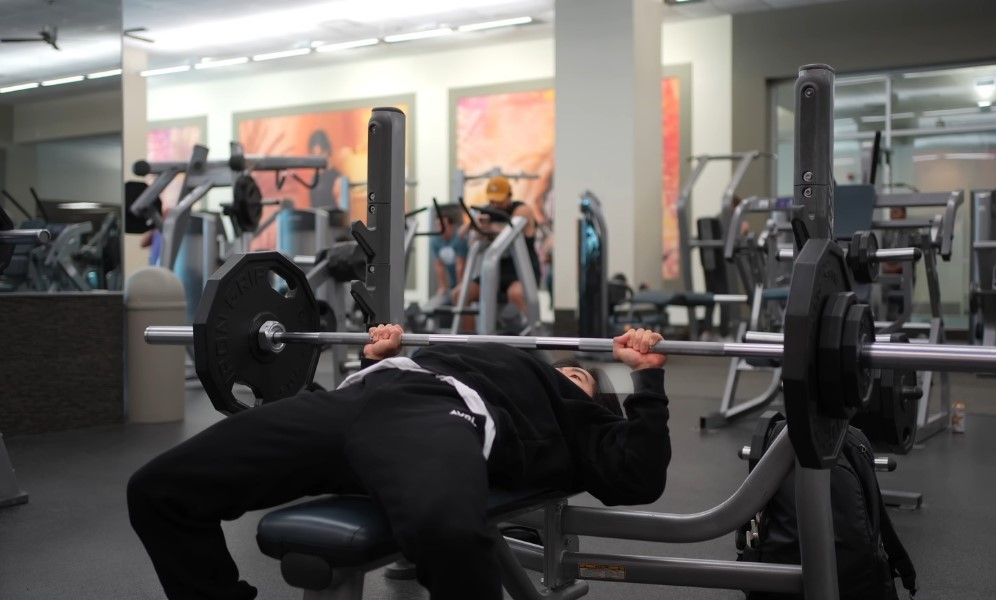Deadlifts continue to reign as a foundational lift in 2025. Athletes, lifters, and everyday trainees still chase bigger numbers and stronger bodies through the barbell’s most primal lift.
The whole concept is about building total-body power, mental resilience, and physical capacity like no other exercise.
Let us talk about it in greater detail in this guide of ours.
Deadlift Fundamentals – Building the Base
Key muscles activated include the glutes, hamstrings, and erector spinae, collectively forming the core of posterior chain strength.
- Deadlift variations offer strategic value.
- Conventional maximizes posterior involvement.
- Sumo emphasizes hip and quad usage while reducing lumbar strain.
Trap Bar provides a hybrid feel and better center of mass alignment for beginners or athletes in-season.
Choosing stances depends on individual biomechanics. Limb length, hip structure, and injury history all factor in. Mobility screenings help identify limitations.
Hip tightness, restricted thoracic extension, or ankle stiffness should be addressed with drills and assisted deadlift setups like elevated pulls or kettlebell progressions.
Pre-Pull Mastery – Setting Up for Monster Pulls

Foot positioning dictates bar path efficiency. Toes angled slightly outward and feet under the hips or shoulders allow optimal leverage.
The bar should remain directly over midfoot to reduce drift.
Pre-pull tension remains the underappreciated skill most lifters miss. Pulling slack out of the bar and engaging the lats before breaking ground ensures more stable and explosive movement. Hips should be engaged without rocking or dynamic shifting.
Breathing and bracing control the spine under load. Diaphragmatic breathing fills the belly rather than the chest, followed by forceful abdominal expansion to pressurize the core. Rigid bracing using valsalva technique enhances spinal integrity and prevents folding.
Programming Essentials – Periodize Like a Pro
A 12-week cycle builds strength through progressive overload and strategic deloading.
Phase #1: Speed and Volume Foundation (Weeks 1–4)
Early weeks revolve around fast, controlled pulling. The priority is moving moderate weight with force and intention.
Speed-focused training refines neural efficiency and accelerates bar velocity off the floor.
- Load: 60–70% of 1RM
- Reps: 3–6 per set for main lifts
- Focus: Maximal bar speed on every repetition
Accessory lifts support motor control and reinforce symmetry under load.
- Romanian Deadlifts (RDLs): Stretch and load hamstrings in the hinge
- Barbell Rows: Train upper back to hold strong positions under fatigue
- Sets/Reps: 3–4 sets of 6–10 reps
- Rest: 60–90 seconds between sets to maintain intensity and tight form
Execution tips:
- Keep reps clean, fast, and explosive
- Avoid pushing to failure, leave room in the tank
- Use lighter loads with intent, not ego
Phase #2: Strength and Neural Adaptation (Weeks 5–12)
The second phase brings intensity. Submaximal weights give way to heavier loads, structured across rotating rep schemes.
Weekly rep wave manipulation promotes steady overload without burnout.
- Week 1: 3–4 sets of 8 reps
- Week 2: 3–4 sets of 5 reps
- Week 3: 3–4 sets of 3 reps
Repeat wave with heavier loads in following weeks
Each rep range targets a specific strength quality, gradually conditioning the nervous system for heavier singles without jumping straight to max-effort attempts.
- Lower total reps, higher intensity
- Focus on variations that reinforce weak points
- Deficit Pulls: Improve strength off the floor
- Block Pulls: Strengthen top-end lockout
- Pause Deadlifts: Build control and stability through the mid-range
Frequency guidelines:
- Pull heavy every 5 to 10 days depending on recovery capacity
- Use light technique or speed sessions in between heavy days
- Squats and presses may continue at higher frequency due to lower systemic toll
Accessory Work – Attack Weak Points

- Stiff-legged deadlifts and good mornings train hip extension.
- Reverse hypers restore lower back health while building gluteal strength.
Glute and hamstring emphasis comes through focused activation drills.
Hip thrusts, Romanian deadlifts, pause squats, and ski squats hit hamstrings at long muscle lengths and target hip extension efficiency.
Back density and posture control require targeted rows and scapular work.
Barbell rows, shrugs, face pulls, and lat pulldowns help keep the upper body rigid during heavy pulls.
Grip and core strength allow bar control and lumbar stability.
Forearm exercise equipment, such as grip trainers, wrist rollers, and thick-bar attachments, can be used alongside static holds, suitcase deadlifts, hanging leg raises, and reverse crunches to reinforce grip endurance and forearm integrity.
Advanced Techniques & Variations
Dynamic effort training introduces speed as a priority. Lifters use 8–12 sets of 2–3 reps at 50–60% of 1RM, often with accommodating resistance like bands or chains, to build acceleration off the floor.
Tempo work slows down the eccentric phase for increased time under tension.
Pauses at or below the knee build isometric strength and positional awareness, key for those who struggle with mid-pull breakdown.
Accommodating resistance allows targeted overload. Bands increase tension at the lockout. Blocks shorten the range to emphasize upper-end mechanics.
Deficit pulls challenge the bottom of the lift, where many lifters fail.
Technique Mistakes & How to Fix Them

Rounded backs, bar drift, and hips shooting up too fast are common deadlift flaws. These usually stem from poor bracing, weak posterior chain, or improper setup.
Corrective drills such as bird dogs, banded lat engagement work, and floor press cueing help reinforce proper bar path and posture.
Foam rolling the thoracic spine and cueing heels through the floor often delivers fast results.
Video analysis allows identification of subtle breakdowns.
Cue-based coaching, like “shoulders over bar,” “spread the floor,” or “tighten the lats,” creates instant feedback loops that reinforce correct movement mechanics.
Choosing Your Deadlift Path
Conventional and sumo deadlifts each present different demands. Lifters with shorter arms and longer torsos may prefer sumo for reduced range and hip engagement.
Those with longer arms and strong posterior chains often thrive in conventional.
Stance choice should remain fluid across training cycles. Switching styles periodically gives joints a break, attacks fresh angles, and keeps progress moving.
Periodizing stance variation every 12–16 weeks can prolong career longevity and improve total-body development.
Summary
Deadlifting is a long-term pursuit that rewards patience, discipline, and smart training even at home.
Beyond numbers on the bar, gains come through better control, stronger positions, and mental fortitude.
Tracking improvements in bar speed, grip endurance, or accessory lift strength tells a more complete story than chasing a new one-rep max every week.
Respect the bar. Respect the process. Monster pulls come to those who train with purpose and precision.




